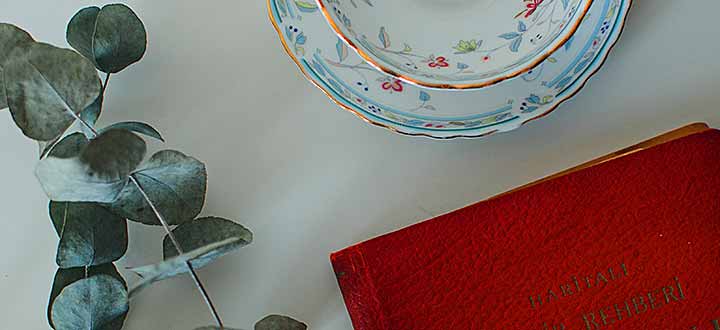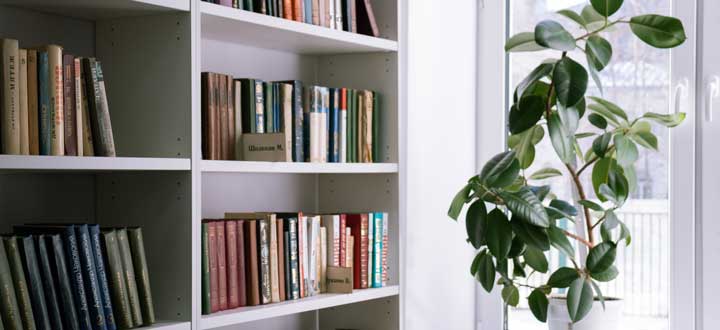Play sth for sb to listen to中的不定式分析
2024-10-06 14:59:26 学考宝 作者:佚名
问题描述
Play the recording for the students to listen (to).
这句话的不定式做什么成分?是后置定语还是目的状语?
这里的介词 to 是可有可无还是必须有?
请专家解惑,谢谢。
老师答疑
谭老师:
▲这里的不定式既可以充当目的状语,又可以充当 recording 的后置修饰语,二者意义略有差别。但不论哪种情况,都不宜省略 to。
▲不定式表示目的,若之前出现过的名词与不定式中的动/介词构成动/介宾关系,省略不定式中的宾语。例如:
• I bought them [to give ___ to the children]. 我买它们是为了交给孩子。
• I need it [for the children to do their homework on ___]. 我需要它是为了让孩子在上面写作业。
▲不定式充当名词的后置修饰语(定语),其中省略成分的情况类似关系分句(定语从句)。例如:
• She's the ideal person [(for you) to confide in ___]. 她是(你)可以信赖的理想人选。
• I've found something interesting [(for us) to read ___]. 我找到了些用来(给我们)读的有趣的东西。
• You're not the first person [___ to notice the mistake]. 你不是第一个注意到错误的人。
▲对于问题里的这句话的两种理解分析如下。
1.目的状语理解
• Play [宾语:the recording] [目的状语:for the students to listen to]. 播放录音给学生们听。
= Play [宾语:the recording] [目的状语:so that / in order that the students can listen to it].
2.后置定语理解
• Play [宾语:the recording [后置定语:for the students to listen to]]. 播放给学生们听的录音。
= Play [宾语:the recording [定语从句:which is intended as listening material for the students]].
在目的状语的理解中,录音本身不一定用来使给学生听的,比如老师不知道录音的内容,想放给学生听听看。
在后置定语的理解中,听录音的不一定是学生,比如老师在给学生听之前,自己先听一遍录音,看看是否有问题。
黎老师:
Play the recording for the students to listen (to).
这句话的不定式做宾语补足语,to listen to 这个动作的执行者是宾语the students。
这里的介词 to 必须有。


















